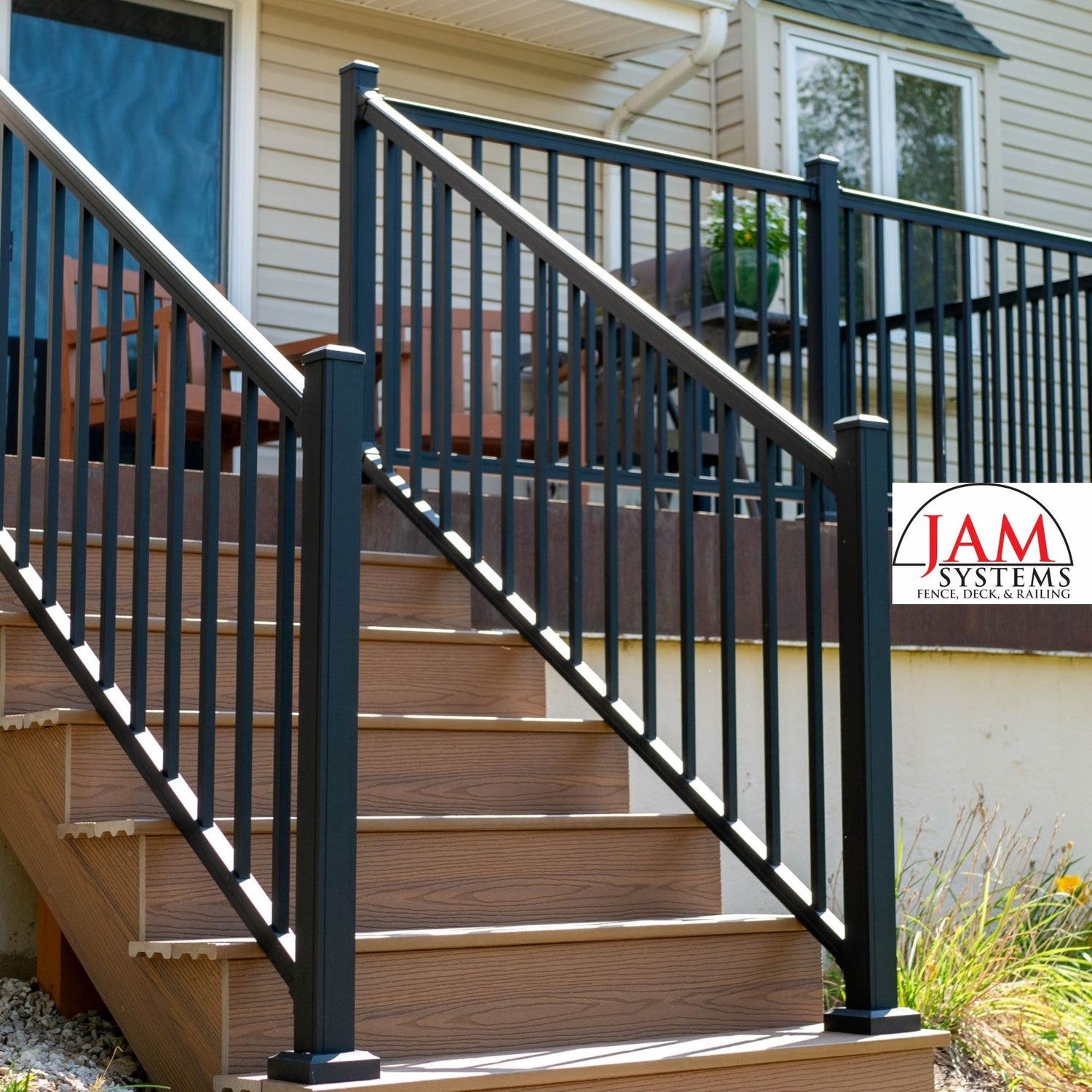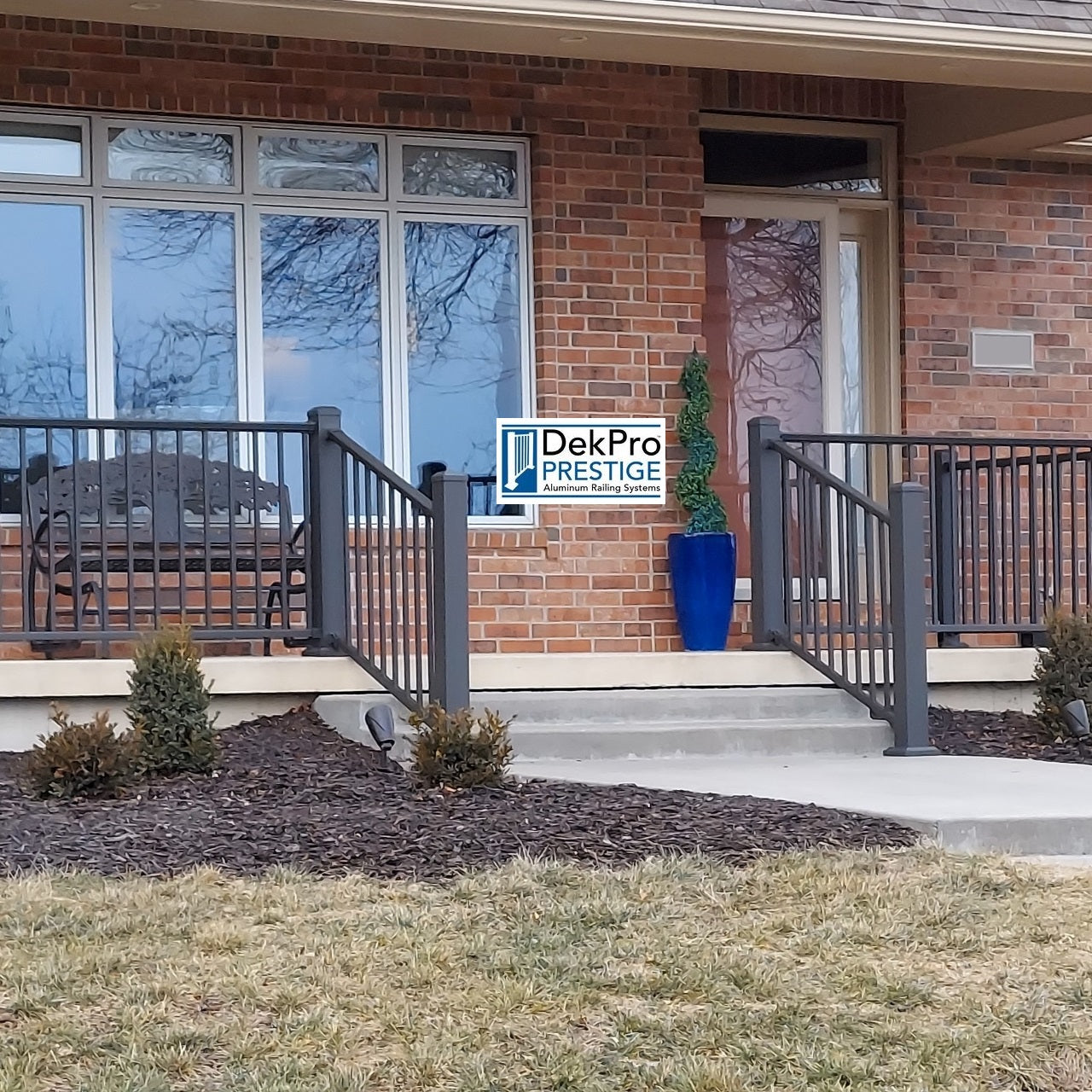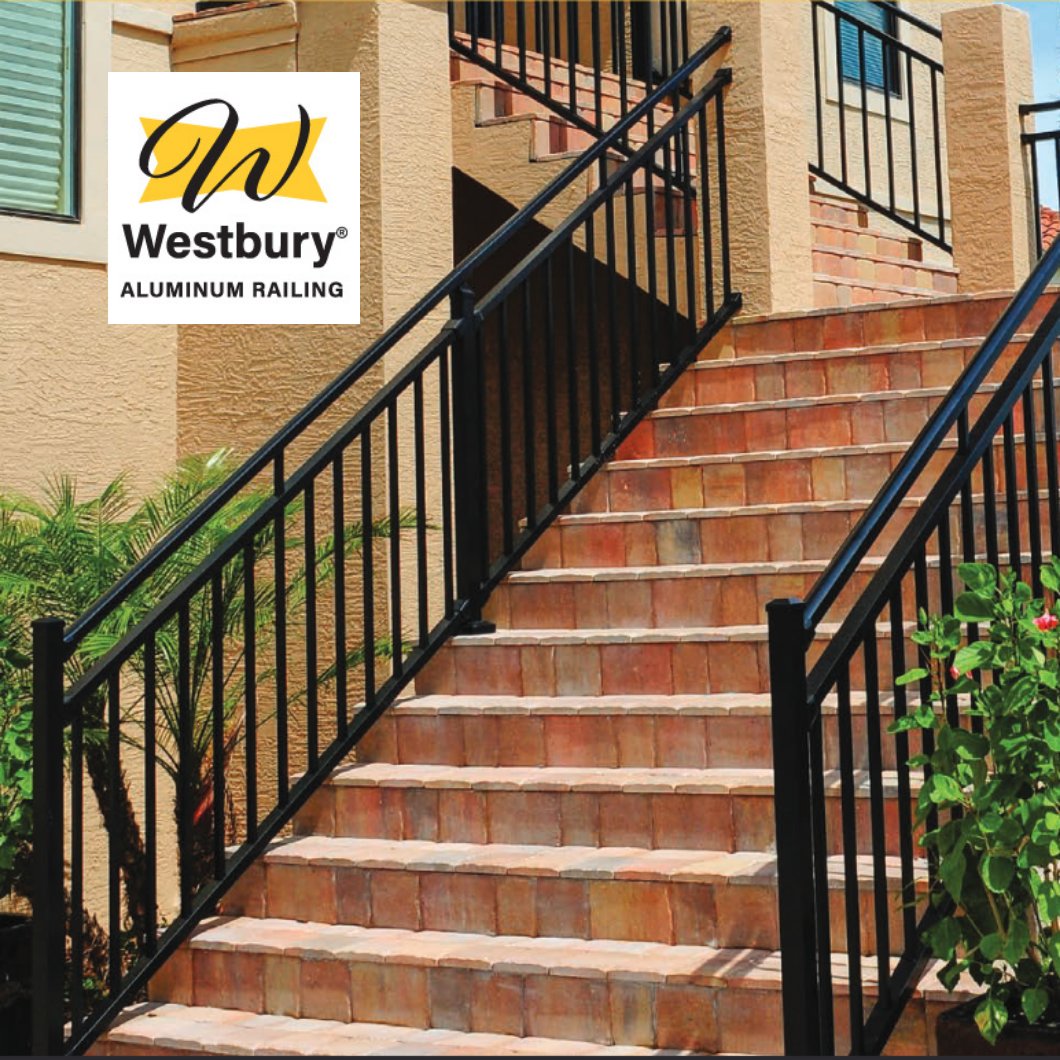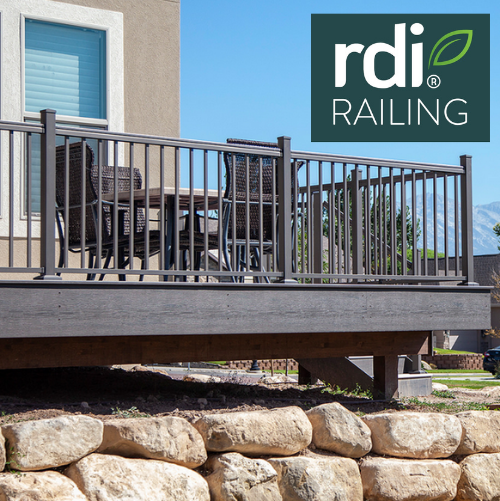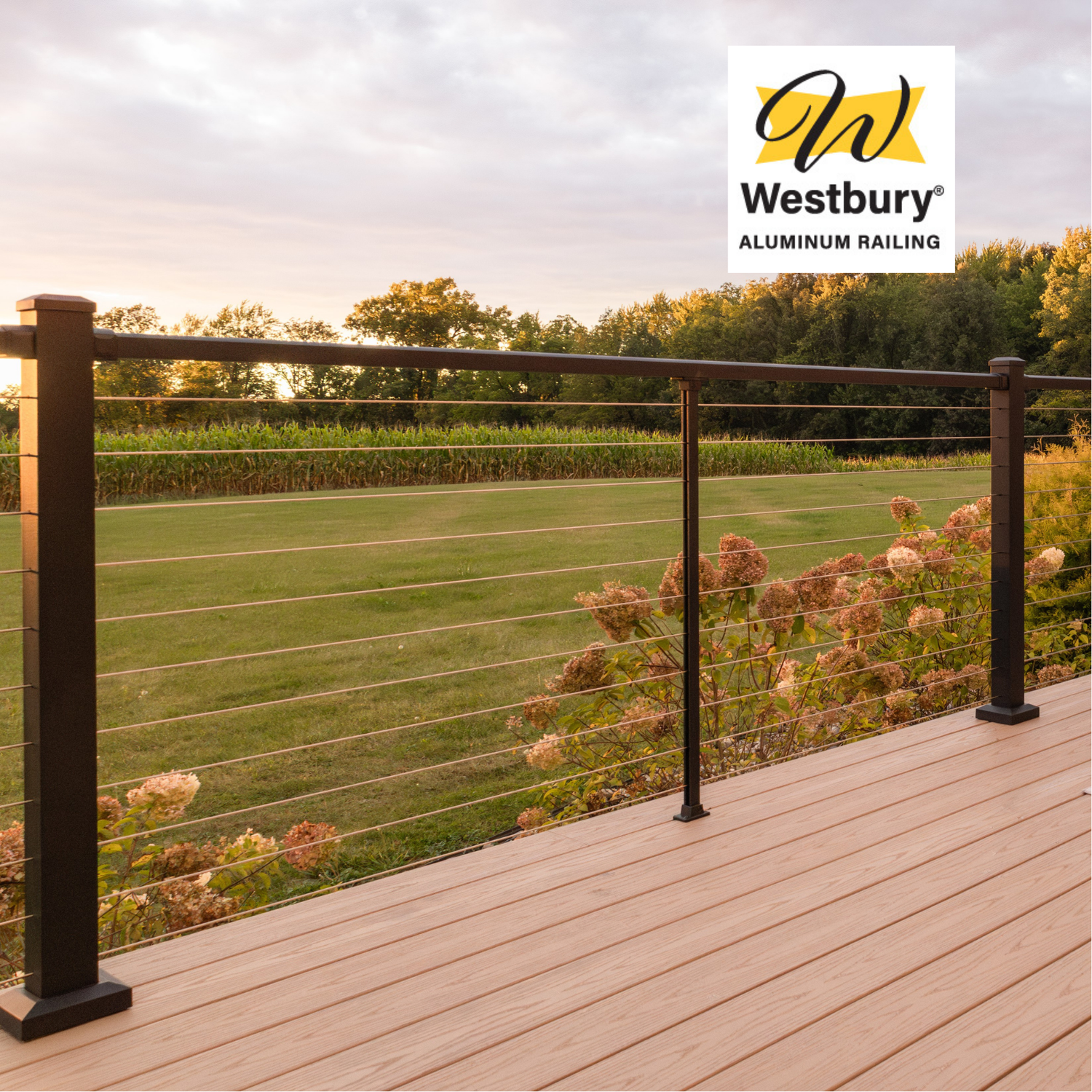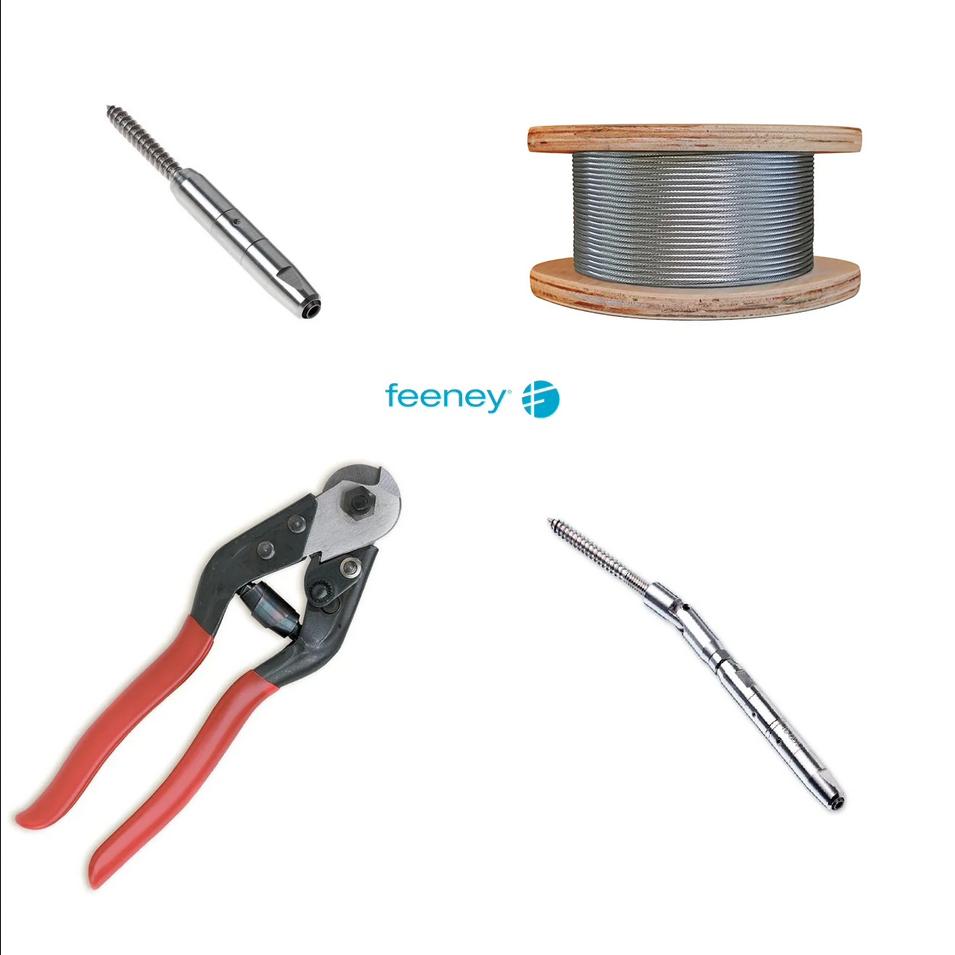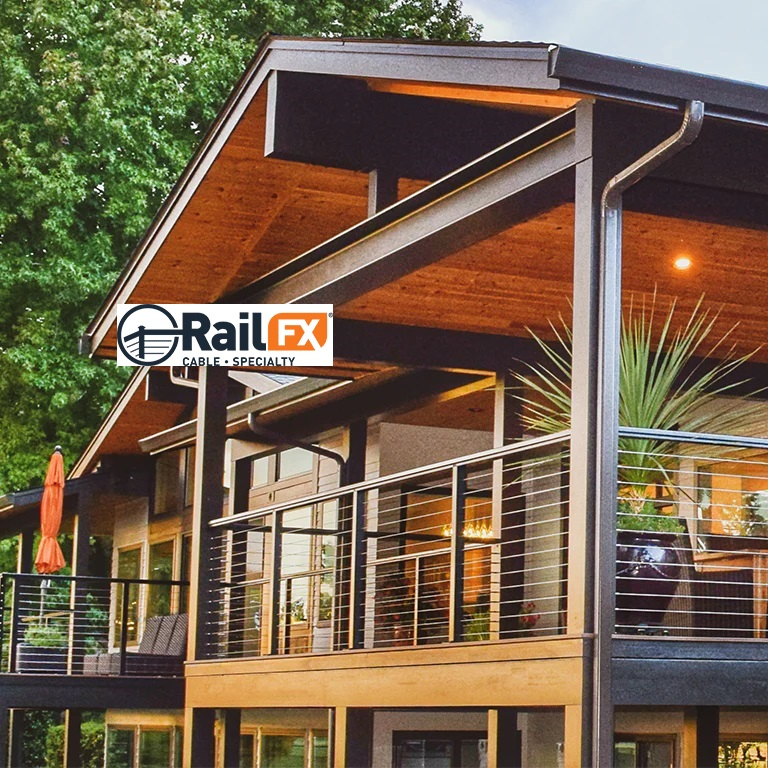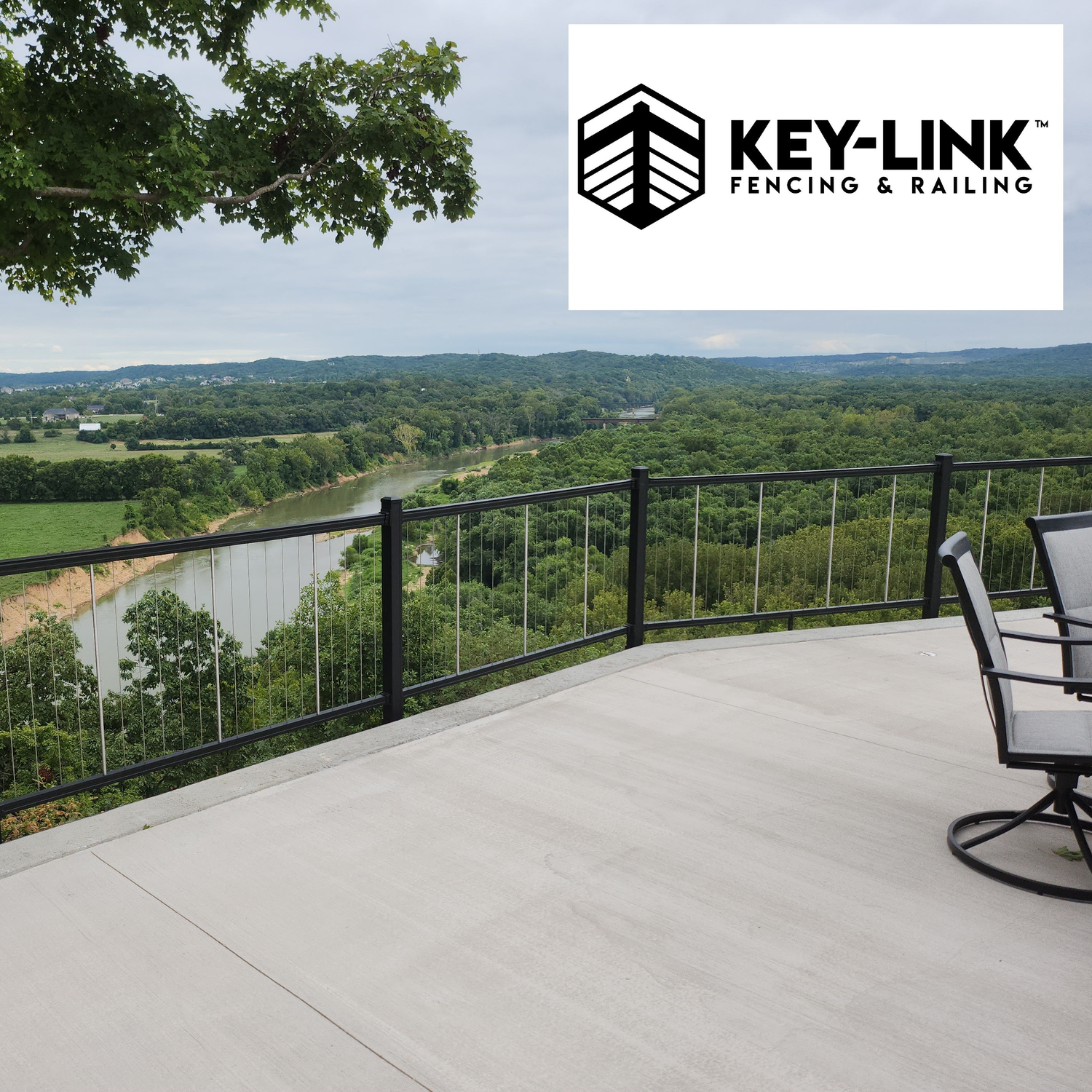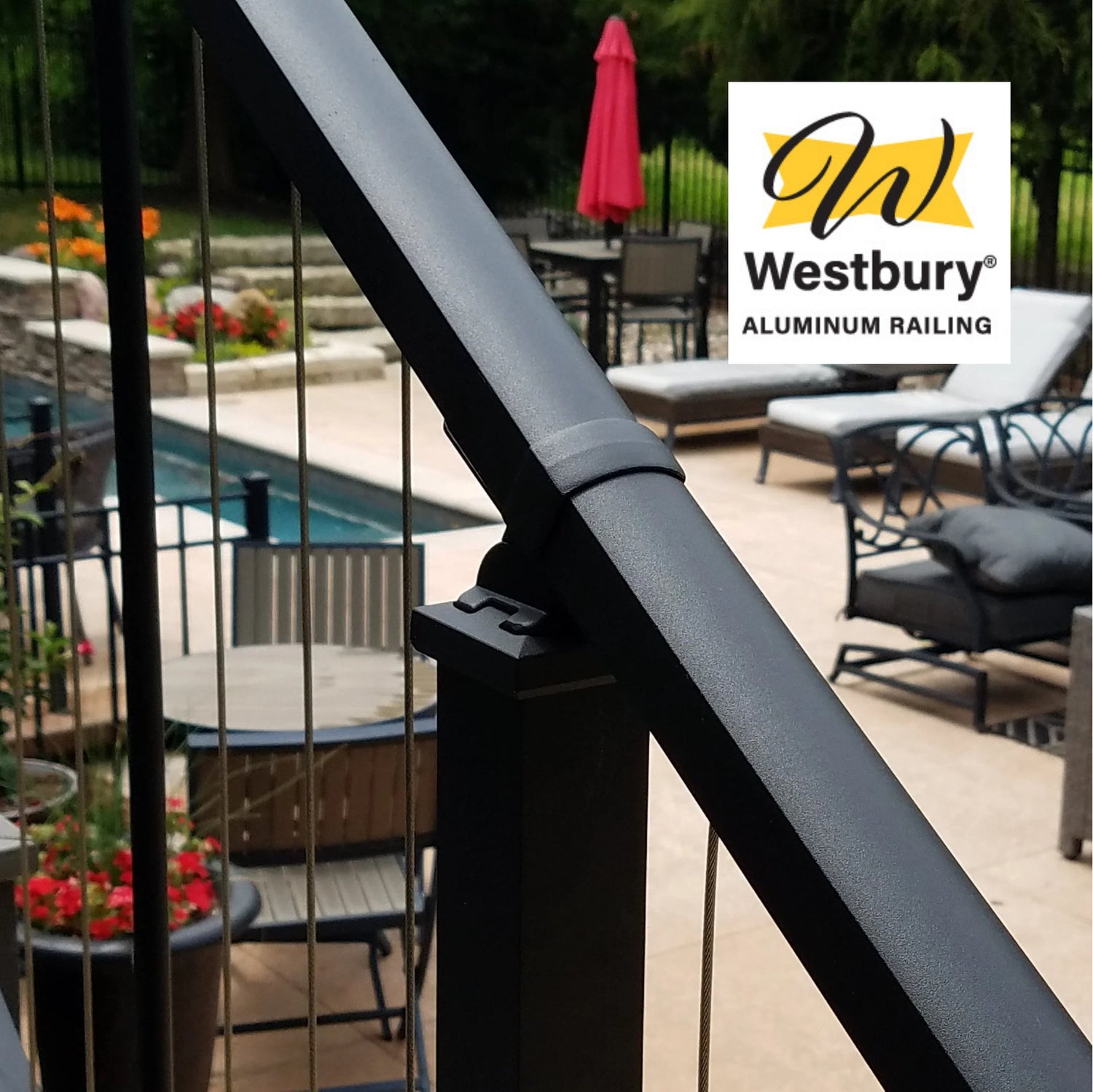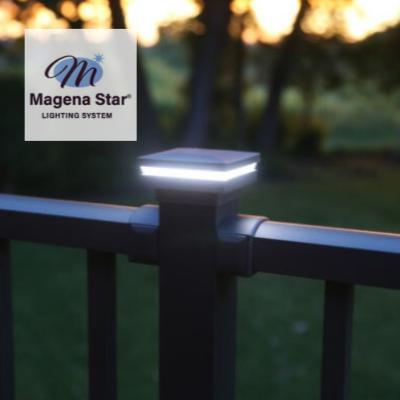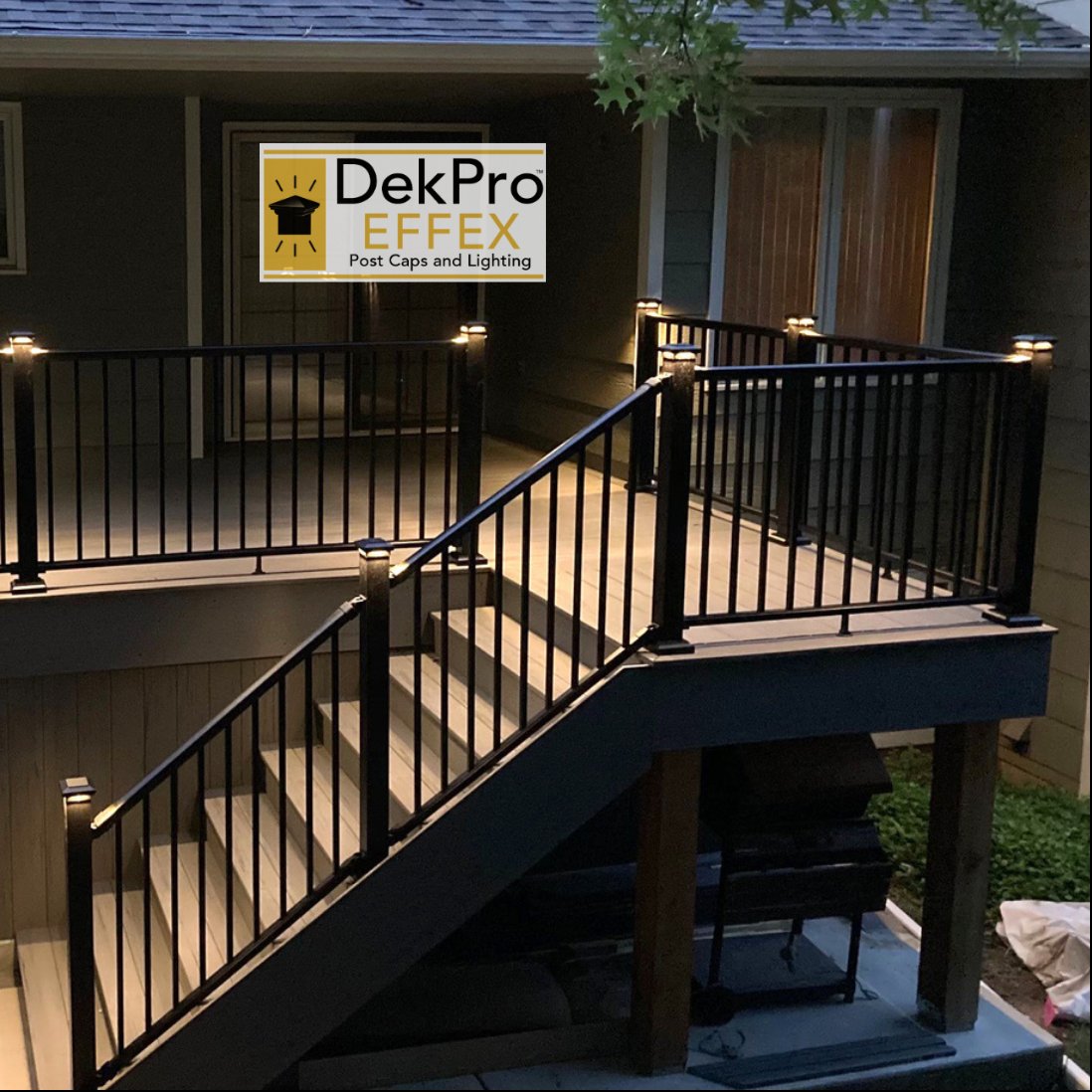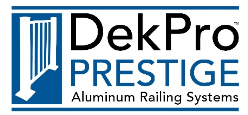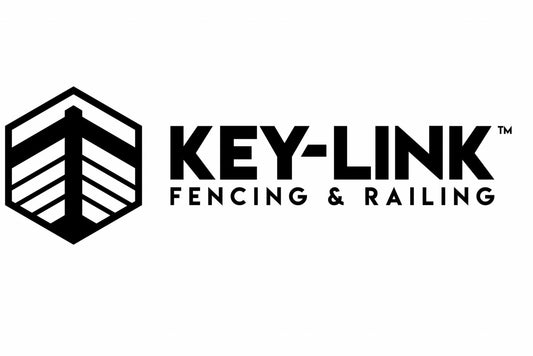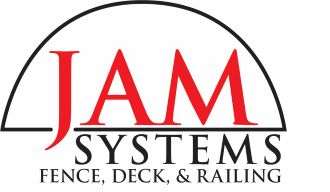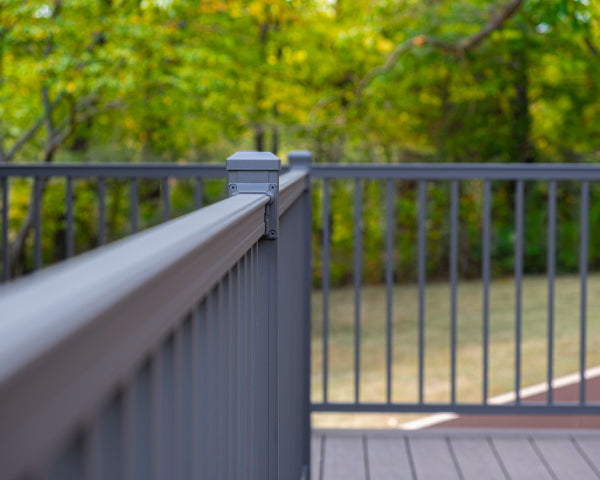🏡 Fences and Railings: A Tale of Two Barriers
If you're upgrading your outdoor living space, you’re likely thinking about barriers—those structures that define your space, add curb appeal, and provide security. You've probably seen many products that look similar: vertical slats, horizontal rails, and solid posts.
But when you're shopping for your deck or balcony, it's crucial to know the difference between a Fence and a Guardrail (Railing). While they may share materials and aesthetics, their jobs and engineering are worlds apart.
At Deck & Rail Supply, we specialize in the superior engineering of Guardrail Systems. Let's break down why your deck needs a railing, not a fence.

🧐 What's the Key Distinction? Purpose
The biggest difference between these two structures is their primary mission.
The Fence: The Perimeter Protector
Think of a fence as the gentle boundary setter.
- Primary Goal: To define boundaries, provide privacy, and deter casual entry.
- Height: Usually built tall (4 feet and up) to obscure views or clearly delineate property lines.
- Structural Focus: It needs to withstand environmental elements like wind, but it is not engineered to handle the concentrated, sudden impact of a person falling against it.
- Location: Always placed on ground level (or low retaining walls).
The Guardrail: The Lifeline
A guardrail is a certified safety device that ensures people stay safely on an elevated surface.
- Primary Goal: To prevent accidental falls from elevated areas. This is a non-negotiable safety function.
- Height: Dictated by building code (typically 36 inches for residential and 42 inches for commercial) to align with a person's center of gravity.
- Structural Focus: Engineered to withstand a 200-pound point load of force. This requires much stronger posts, rail components, and anchoring systems.
- Location: Mandatory on any walking surface 18 inches or more above the ground below.
🛠️ Why can't fencing be used for railing?
If your deck needs guardrail, make sure to buy railing or deck railing, not fencing.
While they might look identical, the components used in fencing lack the internal strength and anchoring necessary for code-compliant safety.
| Feature | Fencing | Guardrail (Railing) |
|---|---|---|
| Required Engineering | Designed for perimeter aesthetics. | Engineered to meet life-safety codes. |
| Post Strength | Lighter gauge posts and basic anchoring. | Heavy-duty posts with specialized, structural anchoring hardware. |
| Safety Standard | Low; based on visual appeal and boundary setting. | High; must resist a 200 lb. horizontal load (required by code). |
| Height Rationale | Built tall for privacy/security (48"+). | Built at a specific height (36" or 42") for fall prevention. |
The Role of Load-Rated Products
When we talk about a high load-rated product, we mean a system that has been rigorously tested. Every component—from the powder-coated top rail to the hidden bracket connecting it to the post—is designed to work together to absorb that 200-pound force without bending, breaking, or pulling loose from your deck.
If you were to use a fencing system on an elevated deck, the materials would likely fail the moment they were truly needed, creating a significant hazard.
So just because you need a strong and sturdy rail, doesn't mean it has to be bland! Our offering of guardrail options includes luxurious railing infill options, tested just as rigirously, and deisgned for beauty.
Consider - Vertical Cable Railing, Horizontal Cable Railing and Rod Rail on your project.

✨ Your Next Step to a Beautiful, Safe Deck
Choosing the right railing ensures that your beautiful deck is also a safe, code-compliant space for family gatherings and relaxing evenings. When you choose an approved Deck & Rail Supply system, you are choosing superior engineering designed to perform when it matters most.
We are proud to supply only the certified Guardrail Systems your project demands.
➡️ Explore Our Code-Compliant Railing Systems Today
Call or email for a custom quote:
sales@deckandrailsupply.com | 913-884-3335


